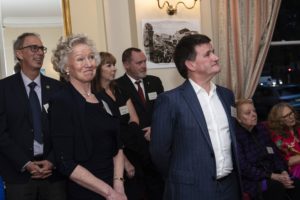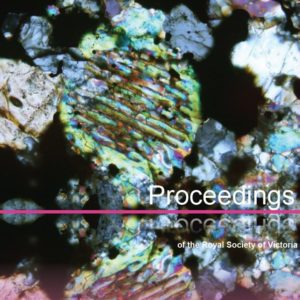Alexander von Humboldt has been referred to as ‘the forgotten father of environmentalism.’ As early as 1844, he wrote that humans change the climate ‘by cutting down forests, by changing the distribution of water bodies, and through the production of large vapour and gas masses at the centres of industry.’ Humboldt also described the greenhouse effect in his opus magnum, ‘Kosmos’.
Victoria was the first Australian state to explore how to bring genomics into mainstream medicine and led the world by demonstrating where genomics outperformed other diagnostic tests. Ten years ago, leading hospitals, research and academic institutions committed to working together to offer genomic healthcare to all Victorians who need it, forming the Melbourne Genomics Health Alliance and committing to a multi-year program of change.
You may wonder whether we can separate the cake of life’s three main ingredients: genes, environment, and developmental variation. This remains a goal of many researchers. But just as we can’t un-bake a cake to produce flour, eggs, and sugar, we can’t completely separate out the factors that make you an individual. Things are complicated because genes, environment and developmental variation interact.
Human sexuality and gender expression is a continuum, much in the same way that height and weight are. Not everyone fits into the categories of strictly straight, strictly gay, male or female. Dichotomising sexuality and gender ignores the continuum or clusters of individuals who don’t fall into one of two (and only two) categories and we can fall prey to thinking that one is “normal”. While people may find comfort in the “born this way” argument, looking for a “gay gene” can indicate a level of non-acceptance. If the variation between individuals is collapsed to a binary then the focus becomes on asking why one end of the spectrum exists, when the better question would be to ask how variation in sexuality evolved and came about.
As an animator, most of Dr Drew Berry’s days are spent reading scientific literature and going on long walks to think about what he reads while his computer runs tasks. There is a great deal of data on cellular processes, however the full story is often scattered among multiple studies and papers (i.e. all the details of one machine complex may be comprised of multiple proteins that work together, and each is described individually). Dr Berry therefore has to piece the jigsaw puzzle together to show the big picture while keeping the smaller details accurate. He also has to make artistic choices that may not always reflect the science of what’s going on. Colour is not relevant at the cellular and molecular levels; but he uses it in his animations to evoke moods and emotions, allowing him to better engage his audiences and also make it easier to distinguish between different components and processes of a cell.








